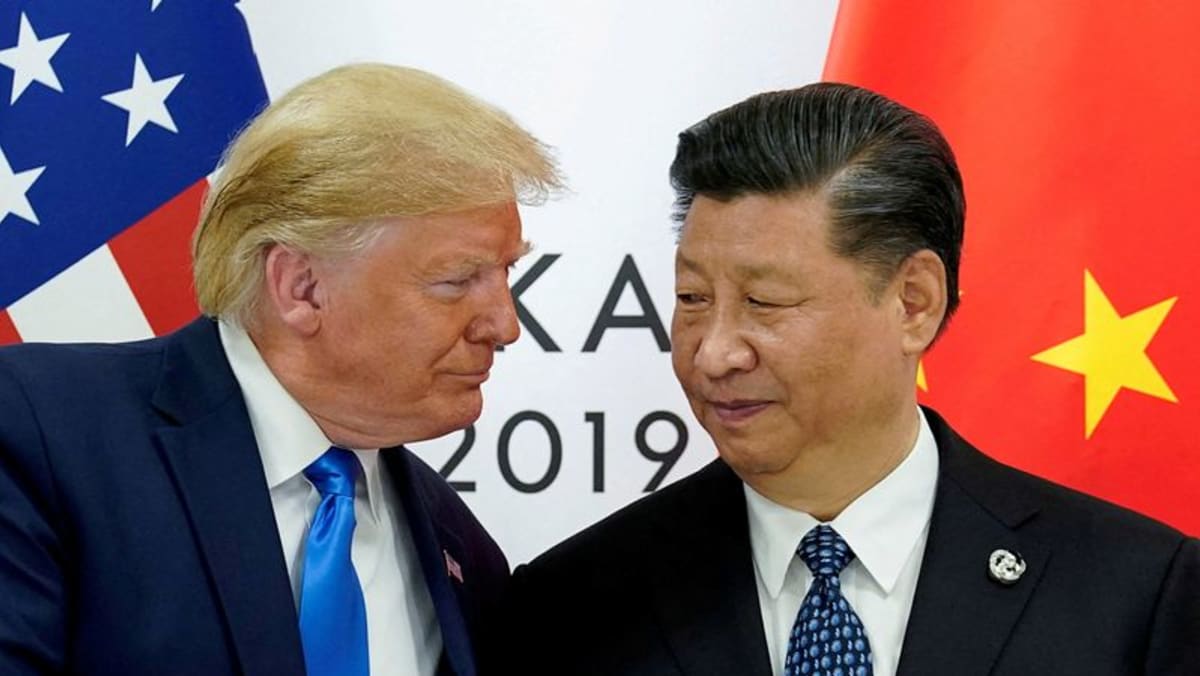Both countries are under pressure to relieve tensions, with the global economy under pressure over Chinese control over the rare earth mineral exports of which it is the dominant producer and investors more broadly anxious about Trump’s wider effort to impose tariffs on goods from most US trading partners.
China, meanwhile, has seen its own supply of key US imports like chip-design software and nuclear plant parts curtailed.
The countries struck a 90-day deal on May 12 in Geneva to roll back some of the triple-digit, tit-for-tat tariffs they had placed on each other since Trump returned to the presidency in January.
That preliminary deal sparked a global relief rally in stock markets, and US indexes that had been in or near bear market levels have recouped the lion’s share of their losses.
The S&P 500 stock index, which at its lowest point in early April was down nearly 18 per cent after Trump unveiled his sweeping “Liberation Day” tariffs on goods from across the globe, is now only about 2 per cent below its record high from mid-February. The final third of that rally followed the US-China truce struck in Geneva.
